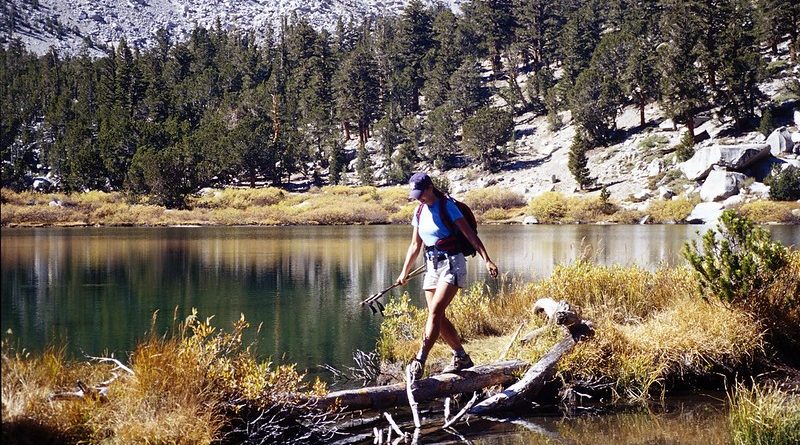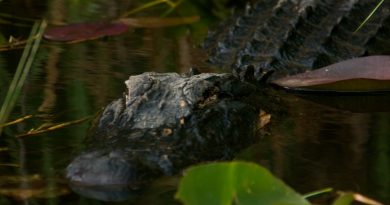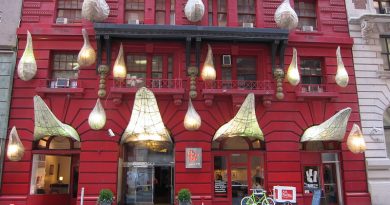Swimming with the manatees
Nature Facts
Where: Crystal River, Gulf Coast, Florida, Southeast USA
What: Cuddly lumbering sea cows – also know as manatees
Nature facts: Manatees are vegetarians and consume 10-15% of their body weight every day. These freshwater sea giants are an endangered species
Holly Morris takes to the backwaters of Florida’s northern rivers to meet the manatee – that cute, cuddly and endangered animal that is Florida’s most famous creature. Holly’s mission is to find out if swimming with them is really a wise thing to do. It’s a popular activity with tourists, but some people feel the practice is intrusive and distressing for this endangered species. Along the way, Holly learns more about these shy, retiring creatures, and finds out how they’re fairing in the industrial world.
HIGHLIGHTS:
- Feeding time at the Manatee Rehabilitation Centre.
- Learning about this beautiful, lumbering creature.
- The warm waters of the Crystal River – a prime location for Manatee-spotting.
Our Journey Path
The manatees congregate in the springs around Crystal River on Florida’s Gulf Coast, where swimming with them has become a major tourist attraction. Holly visits Homossassa Springs Wildlife Refuge, where she sees conservation of the endangered manatees in action.
She meets a wildlife biologist and helps feed the manatees and administer their daily vitamins. From here, Holly heads out to speak to the fishermen, who see the manatees every day. She also meets the people of the Save the Manatee organisation. Finally, Holly heads out into the water of Crystal River, for a face to face encounter with these cuddly sea cows.
Travellers Tips
- If you are going to swim with manatees remember that they are wild animals. Do not touch them, entice them with food, or get too close.
- Don’t follow the manatees but let them come to you. Never swim below them, as this frightens them. And absolutely no scuba diving with them, snorkelling only.
Did you know?
- There are only about 2000 manatees left in the wild. The Florida manatee is also known as a Sea Cow and because it is such an endangered species, it is highly protected. Sports enthusiasts throng to the warm clear, coastal waters of Florida’s rivers – the manatees’ homeland. Unfortunately, many manatees fall victim to boats, so there is a 20 mph speed limit on many of the coastal waterways.
- Almost half of all manatee deaths can be attributed to human-related causes.
- Manatees are usually around 9 to 12 feet long. They can weigh up to 2500 pounds. Despite their size, they are actually very gentle animals.
- Manatees have no predators or enemies – except human beings! At Homosassa Springs, they are attempting to keep the manatees wild. Swimming with them is not allowed here. The idea is that if the manatees lose their fear of humans, they won’t keep away from danger we pose.
- Manatees are vegetarians and consume 10-15% of their body weight every day! They pretty much eat all the time.
- Manatee pregnancies last 13 months and they calve only every two to five years.
- Despite their size, manatees have very little body fat. They need these freshwater springs for survival, as they’d die of cold out in the open ocean.
- Manatees are found in the warm waters of Florida’s coastal rivers in the winter, but also travel as far west as Louisiana and as far north as Virginia and the Carolinas. The West Indian manatee can also be found in the coastal and inland waterways of Central and South America, as far south as Recife, Brazil.
MORE INFORMATION
Save The Manatees
500 N. Maitland Avenue
Maitland, Florida 32751 USA
T: 1-800-432-JOIN (5646),
(407) 539 0990
Crystal River National Wildlife Refuge
1502 S.E. King’s Bay Drive
Crystal River, Florida 34429 USA
T: (352) 563 2088
Homossassa Springs State Wildlife Park
Birds Underwater
320 N.W. Hwy. 19
Crystal River, Florida 34429 USA
T: (352) 563 2763
Visit Florida
Florida tourism website
Guide by Gianna De Salvo




